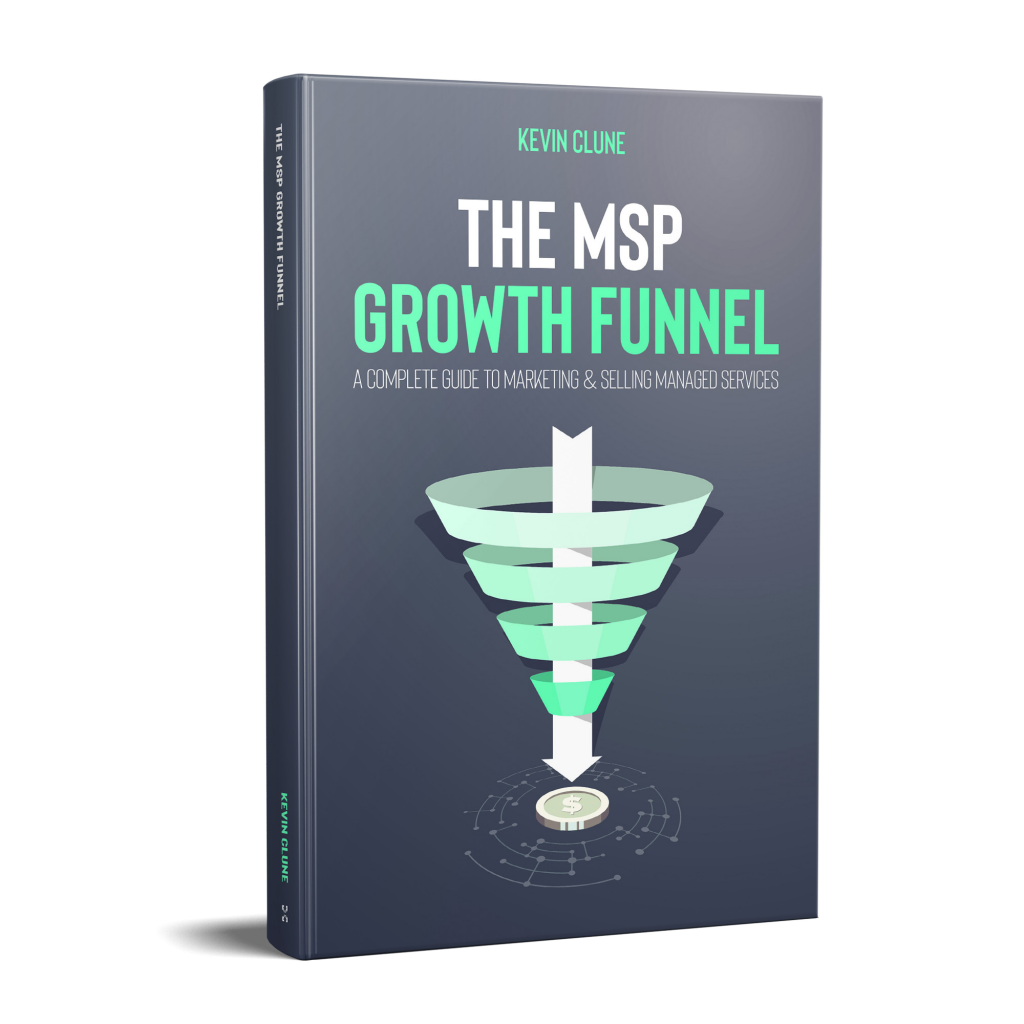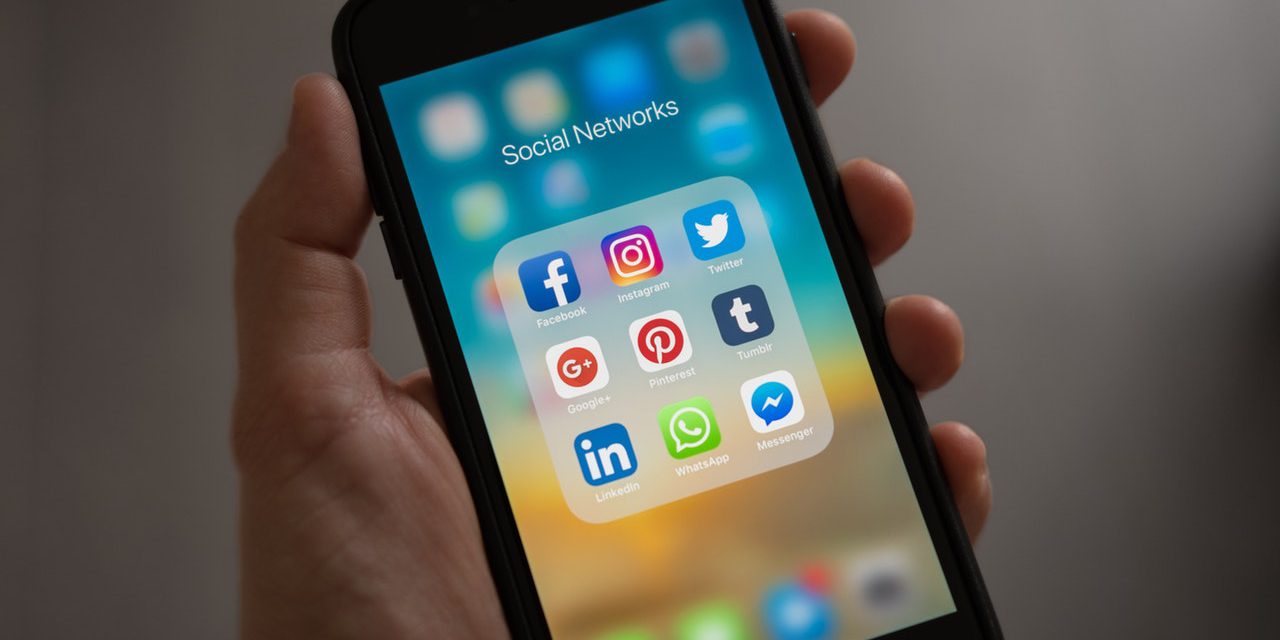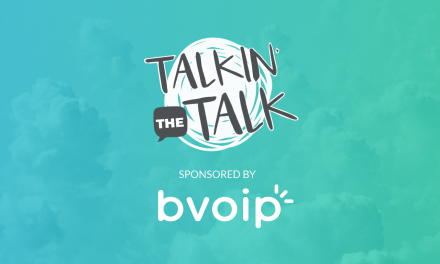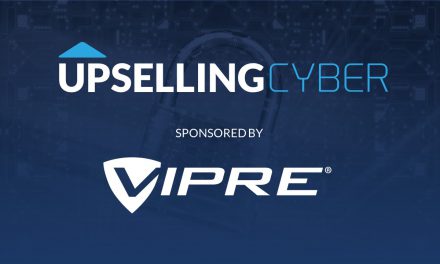Creating Content That Delivers Value and Generates Opportunity
Selling services in 2019 is very different than decades prior. Social selling and content marketing strategies have created a shift in the everyday role of a Salesperson. Engagement and delivering “value” are now the primary objectives, as disciples of Internet Sales Gurus are flooding the industry. Regardless of whether or not this is your brand of selling, it is important to understand what is happening and why it is important to the Managed Services Industry. For those looking to participate, I have documented a proven sales content model that is simple to orchestrate and will deliver a high return on resources.
Delivering Value To Earn Trust
As everyone is looking to provide “value” to their prospects, not everyone understands what that actually means. It does not mean showing off how great you are or bragging about your accomplishments. What it means is that you deliver something that is useful to your prospect, that in other situations they would likely have to pay for, and you deliver it at little or no cost. My rule of thumb is, if it doesn’t make you sweat giving it away than it probably has little to no value to begin with.
The real reason it is important to deliver value is so that you can earn the trust of your prospect. People generally make purchasing decisions faster if they feel like their risk is low. The sales cycle of a candy bar is about 5 seconds, or a maximum of however long you stand in line at the pharmacy waiting to check-out. This is obviously much shorter than the 3-6 months it takes to sell IT, because there are little repercussions for making the wrong decision.
People by default tend to distrust until trust is earned. Ironically, this is the opposite of the “innocent until proven guilty” mantra of the US Justice system but likely a product of 1980s era “Don’t talk to strangers” parenting advice. In this age of selling, prospects won’t do business with you until you build their trust and lower their risk. Content has now become the vehicle in which information is now delivered to build trust from afar and sway prospects to make a buying decision.

READY TO SELL MORE IT CONTRACTS? GET THE COMPLETE STRATEGY YOU NEED TO MAKE IT HAPPEN.
Documenting Vertical Solutions
Now that we have established our clear objective, it is at this point that you can wrap your head around what type of content to deliver. One of the most natural and easy to produce pieces of content is a simple (but thorough) documentation of a vertical specific solution you have provided for one of your existing customers. The “problem” associated with the solution should be one that is common in that industry and that other companies of similar size and structure also struggle with.
For example, let’s say you have client that is a hair salon and they use an industry specific POS and Appointment software. The software has been around for a several years and was originally built to run off a local server. Over time the system becomes slow and security becomes an issue. As a result, you design a solution to migrate this software to a cloud environment and completely virtualize their set-up. It increases productivity significantly and they become one of your happiest customers.
When you document this solution, you want to document it in a way that is less like a case study and more like a tutorial for another Managed Service Provider or in-house IT department to follow. It should include what you did, how you did it, and why you did it with all of the juicy details. When I referenced before that delivering value should make you “sweat” this is what I mean. Your leverage now becomes your experience, as you have proven that you know their problems and can implement a solution, thus lowering the risk for them buying from you versus handing your documentation to another provider and asking them to “give it a shot.”
Distributing Content To Contextual Audiences
You solved a problem and you documented it. Now you need to find other people with the same problem and willingly hand over the solution, asking for nothing in return. If it truly has the value you believe it has, they will recognize and remember where it came from and will make an effort to subscribe, follow, or connect to ensure they can get more of the same if needed.
To give you an example of the type of contextual audience we are looking for, I will use the same Hair Salon virtualization project from the previous section. In this case, you would take your content and look to target Salon Owners and General Managers in your geographic service area. Your general messaging could be: “Is your Hair Salon losing productivity from your outdated [name software] POS setup? Here is a proven way that your IT provider can increase speed and security through virtualization.”
How you distribute this content depends on how large your audience is. If you serve a large geographic area and are targeting a large vertical, it might make sense to leverage LinkedIn, Instagram, or Facebook ads and/or email automation campaigns to distribute the content. If your audience is fairly small, than reaching out manually may be the best course, as it is likely to create a higher engagement. Regardless of how you reach the audience, it is important to always host the content on a blog or website that you control, and can use to collect data and retarget to the audience after they leave.
Automate Follow Up & Retargeting
Once a prospect has viewed your message and/or content, you can now retarget them across multiple platforms to help reinforce your messaging. One of the biggest mistakes Managed Service Providers make is that they stop Marketing to customers once they begin the sales process. It is during this window that I believe the highest return on your marketing dollars is made and a true sales funnel is achieved.
In order to “remind” your prospect of your solution, you can now generate some micro-content in the form of video. images, and short posts to drive further awareness across social platforms, showing only to your retargeting list. As long as you keep the content and messaging consistent, you now are able to generate legitimate trust around your brand.
At this point you have delivered value, built trust, and stayed relevant for long enough for the prospect to be ready to make a purchasing decision. If you have proven that having you provide the service offers the prospect the path of minimal risk, than you have a very high likelihood of winning the deal. Repeating this process for each vertical you service will now allow for you to scale your efforts out and build a constant funnel of inbound engagement.

SPONSORED BY ZEST
















